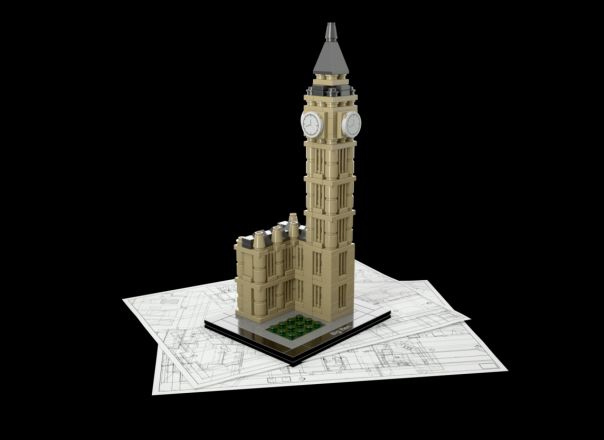Lego Style suggests using the easiest, rather than the most efficient, parts and tools to create your satellite. This is the kit-bashing or Lego bricks approach. You have several generic pieces, and you put them together to make what you want. The final end product may be a bit square and clunky, but the advantage is that you were able to quickly build and test.
The justification is time-based and presumes that, although small, the size and weight and power margins of a CubeSat (relative to the desired payload) are sufficient that more generalized but less efficient and less optimized parts will suffice. The time saved in using openly available general solutions such as Arduino or BasicX-24 'computers on a chip' or existing I2C sensors outweights the fact that they are not optimized for the desired space mission. The general 'kit' solutions come with multiple hardware input/output channels and easy programming interfaces, so a team can quickly build and test their payload with minimal electrical engineering required.
Under the Lego school, most any 'brick' is good enough to begin prototype builds. If a given design ends up not work-- if an Arduino or an off-the-shelf imaging diode or a standard batch of solar cells underperforms-- you can simply swap in a different part and try again.
Lego-style design work is at a higher level of abstraction because each component (power, transmitter, CPU, instrumentation) is isolated and using a well-defined protocol (USB, I2C, et cetera). The components are loosely coupled and swappable.
The second approach, Custom Shop, argues that part selection and choice of components should be an intrinsic part of the design, not only from a performance and efficiency point of view, but also a reliability perspective. Under this argument, using a specialized component, such as a PIC (Peripheral Interface Controller) coupled with the exact number of ADC (Analog-Digital Converers) the mission requires will result in a specialized hardware design that is electronically more simple. We call this the Custom Shop approach because you are specifically arguing that off-the-rack won't fit.
Justification for Custom Shop is that time spent early in parts selection and design and the later additional time cost in additional integration needs is worth it when you get to testing then deploying your spacecraft. The higher reliability of the well-thought out solution will result in fewer failures down the line, in part because you have a tighter integration on your components.
Custom Shop also requires more expertise in electrical engineering, since the team is not just using defined components but is required to choose and design the system at a lower level. To some degree, your ability to go deep in design is always going to be a function of your talent pool size. If you have a large enough team with the necessary skills, certainly a higher level of reliability by using specialized solutions is worth considering.
Both approachs are valid, with strengths in different contexts. The primary justification for Lego Style for CubeSats is that most CubeSat missions are lower cost and higher risk than a typical satellite. Further, most CubeSat teams work under a shorter development time than an industrial project. By definition, if you're an undergraduate who wants to see your satellite fly, you're restricted to a 2-3 year dev cycle.
However, 'lower cost' is relative, with a CubeSat budget of $100K not unusual. Further, you only get very few chances for your CubeSat to work; a lab with consecutive failures is not going to be high on the queue for funding or launch opportunities. Finally, and most crucial, space is unforgiving, and if your satellite does fail, you can't go up and fix it.
  |
|
| Big Ben, real world and lego style |
To recap, Lego Style allows for rapid design and development at the cost of using potentially less reliable parts and using more of your system resources due to a non-optimized design. Custom Shop creates a higher reliability project but requires more expertise and more time to develop. Choosing which is right for your picosatellite team is the first challenge you will face... but remember the clock is ticking.
Alex
projectCalliope.com, ionosphere->music




Comments